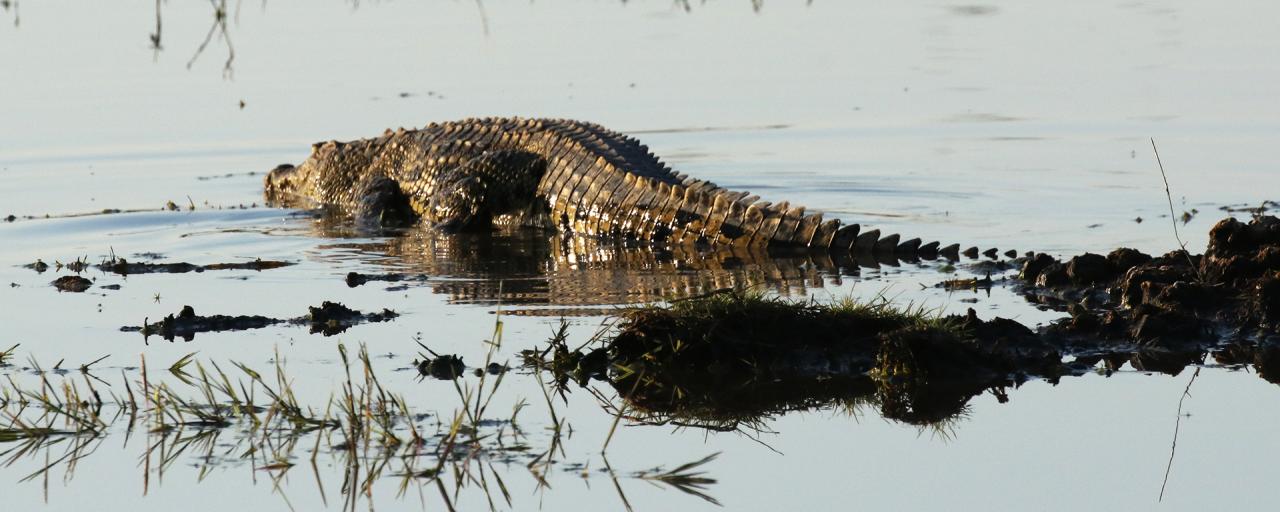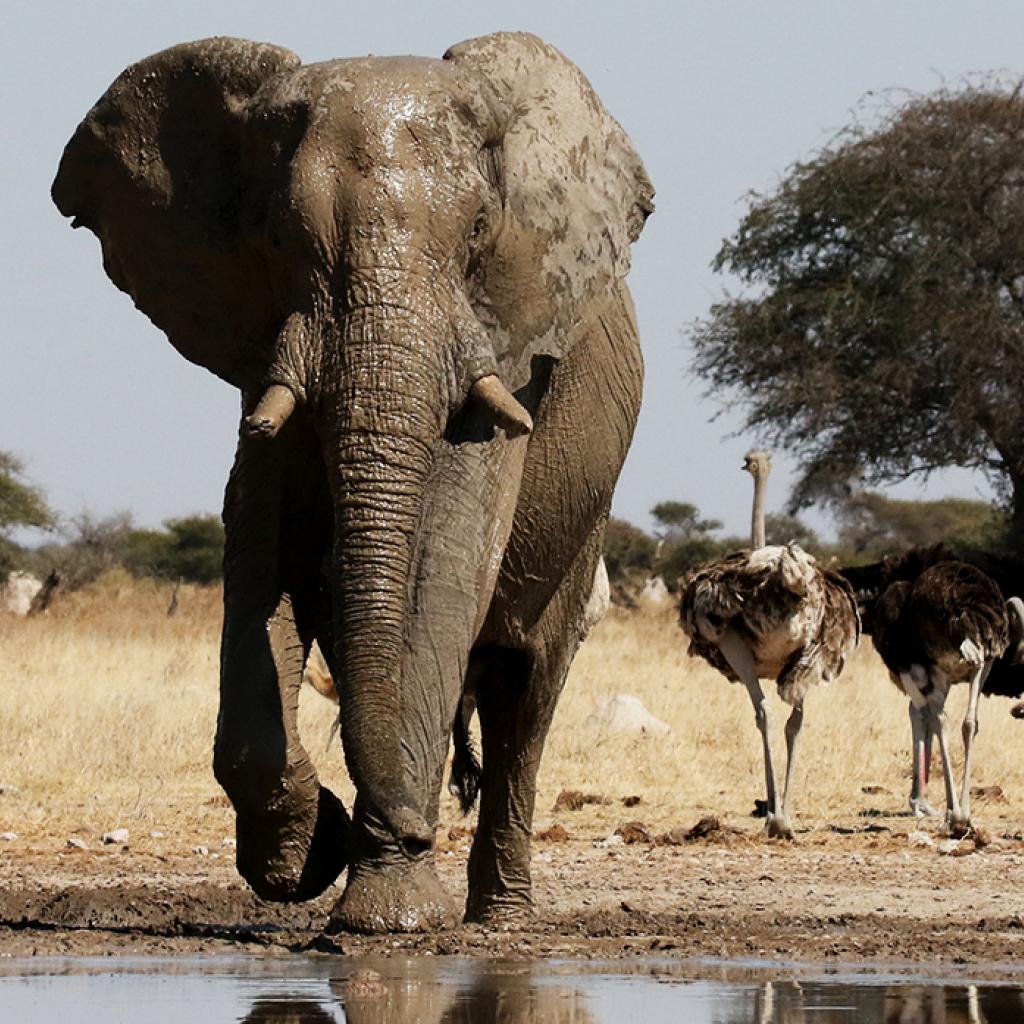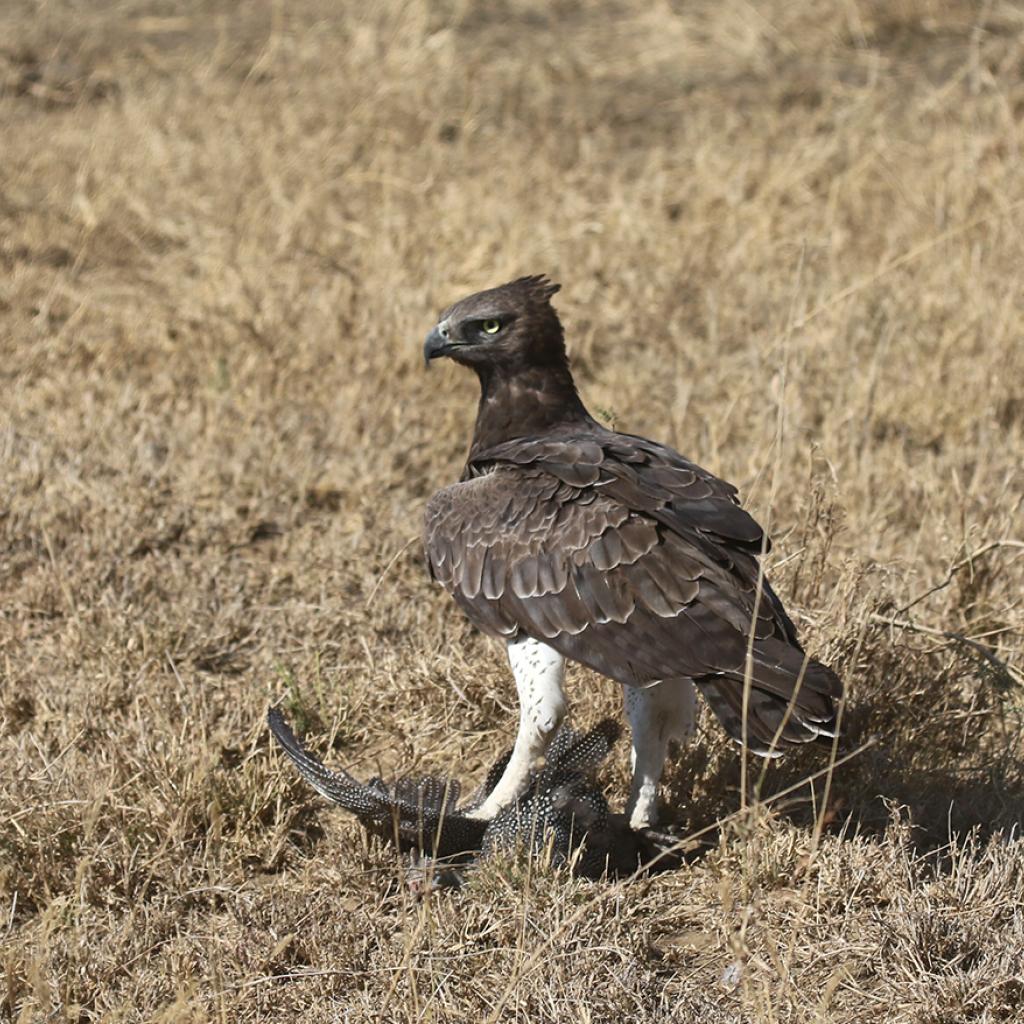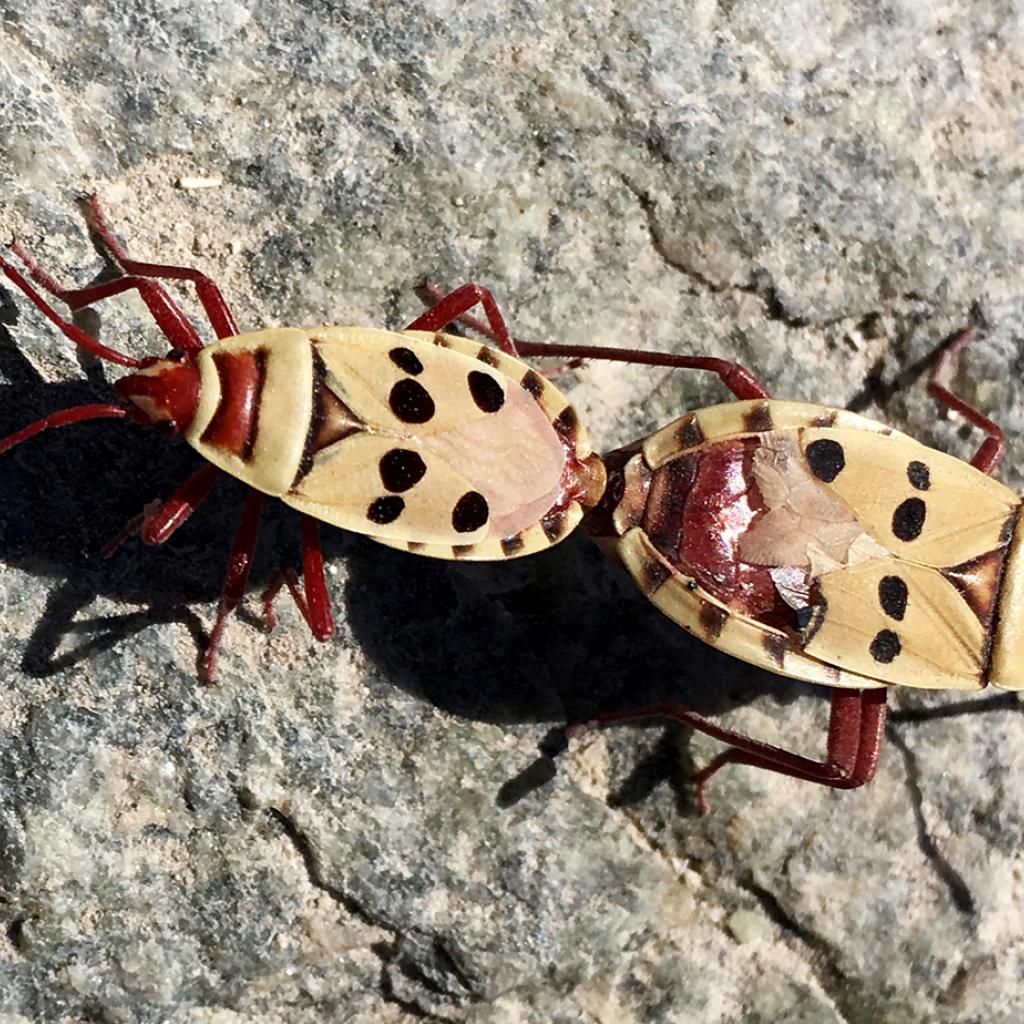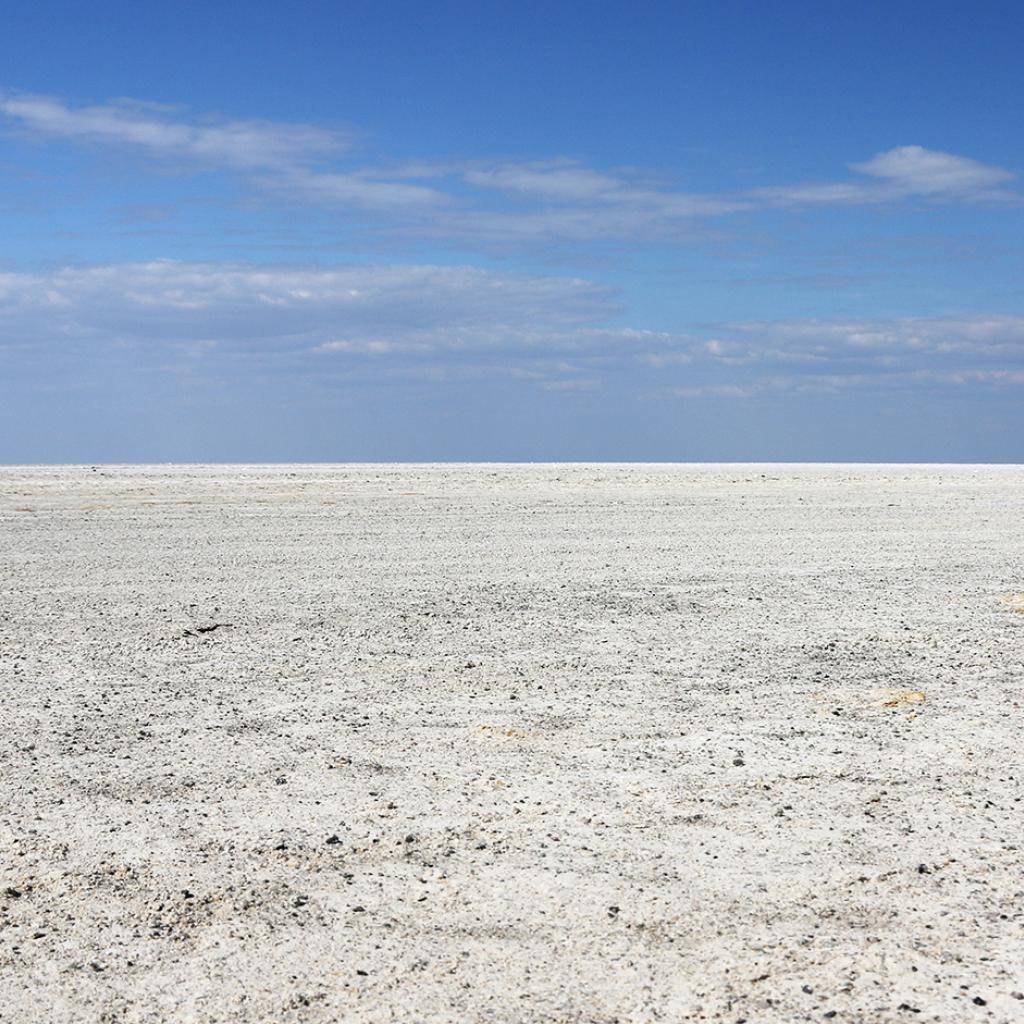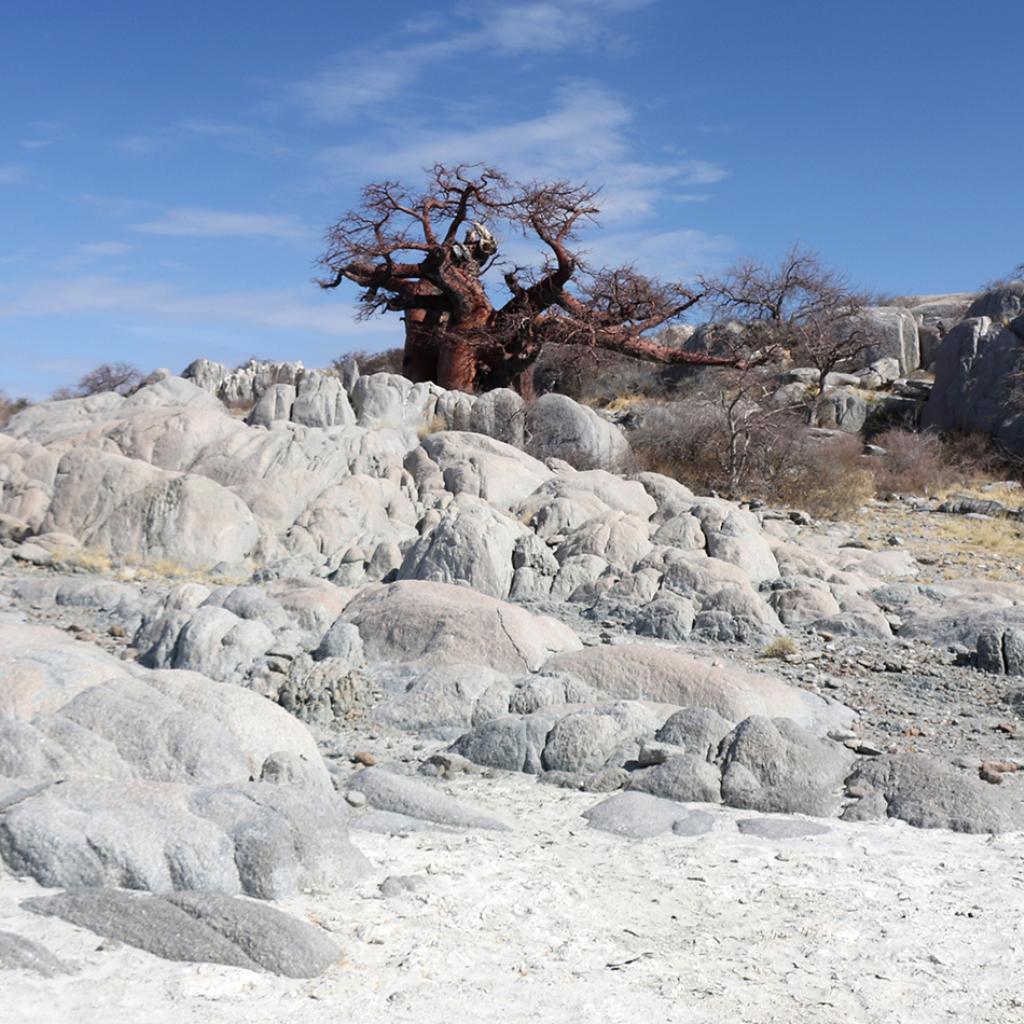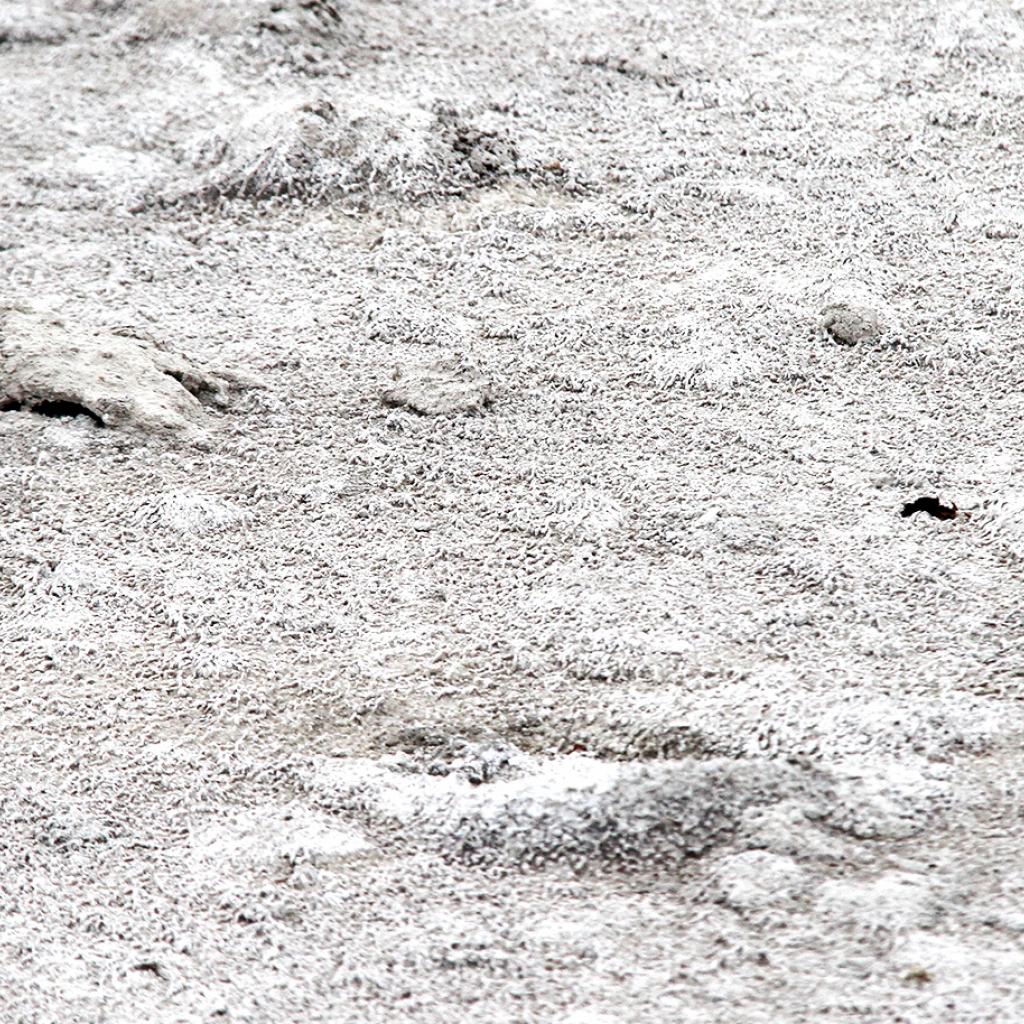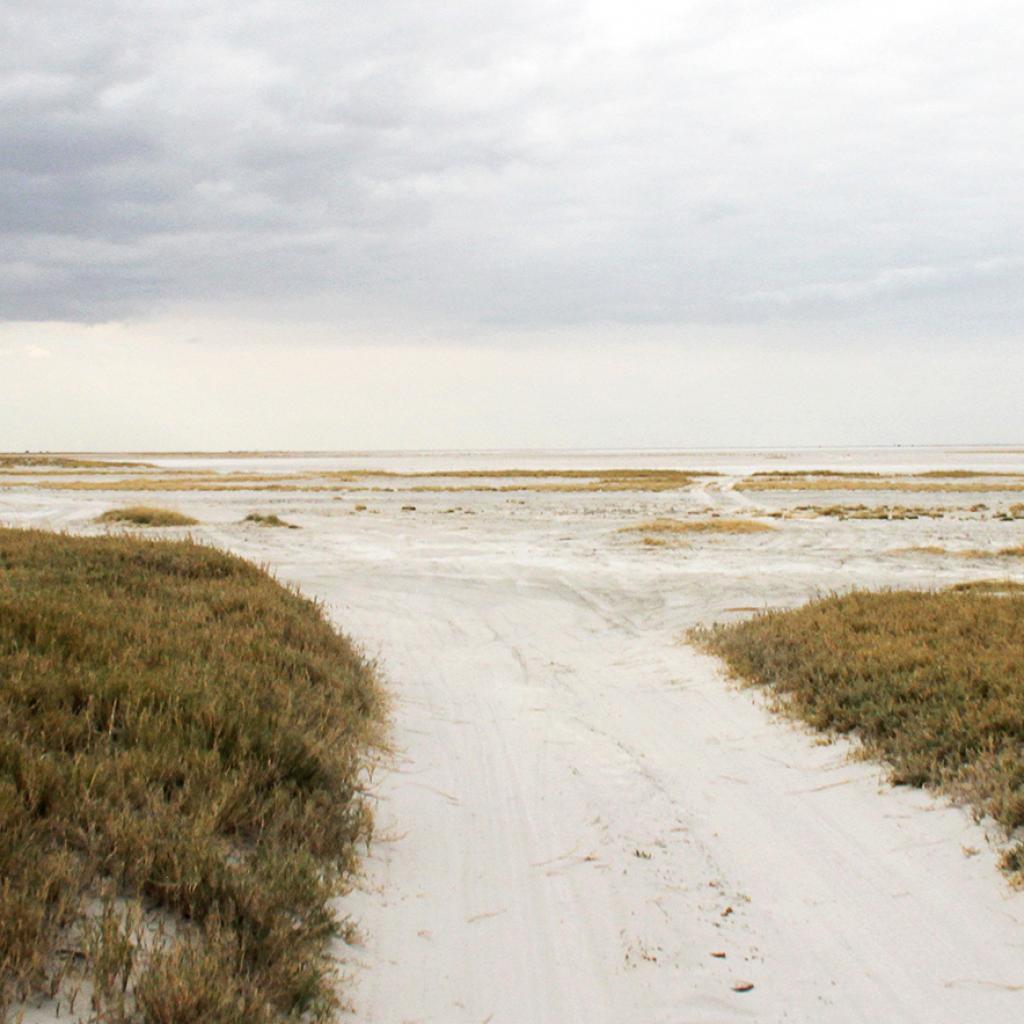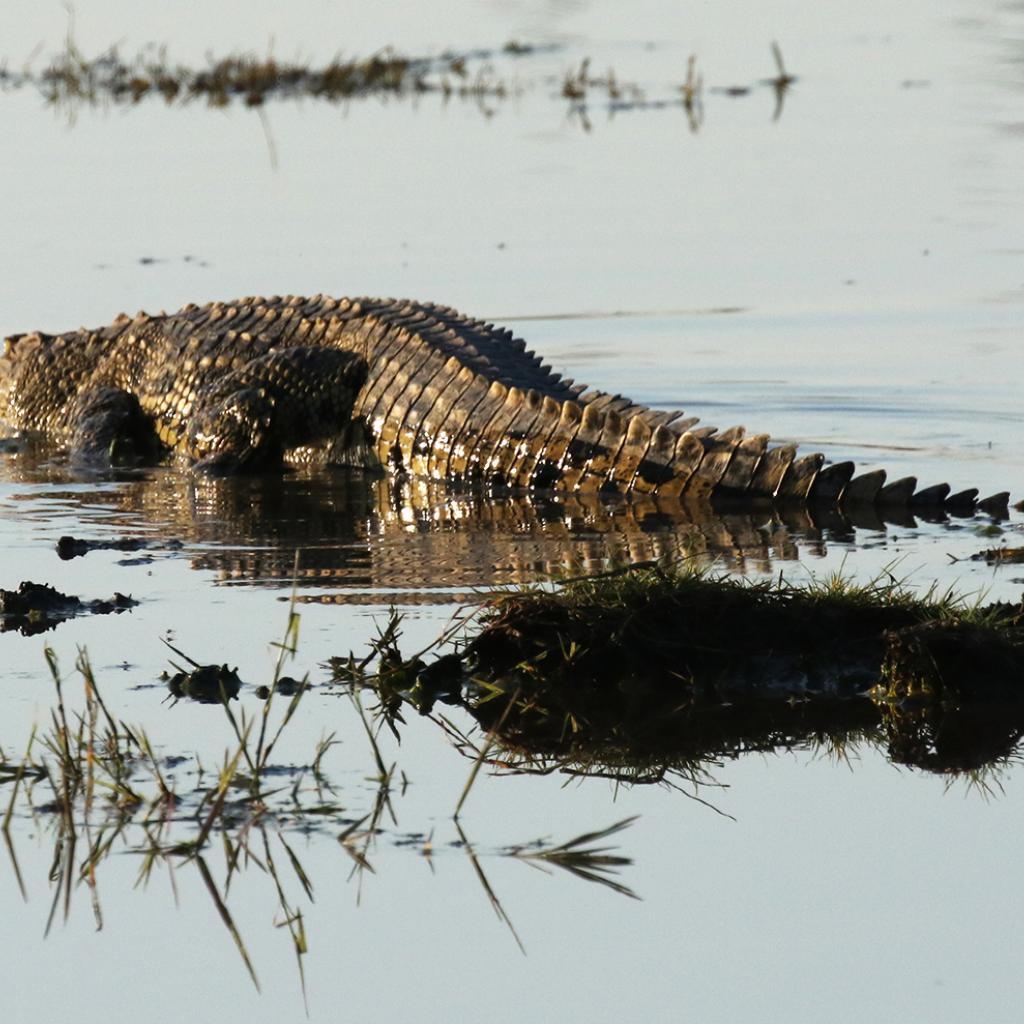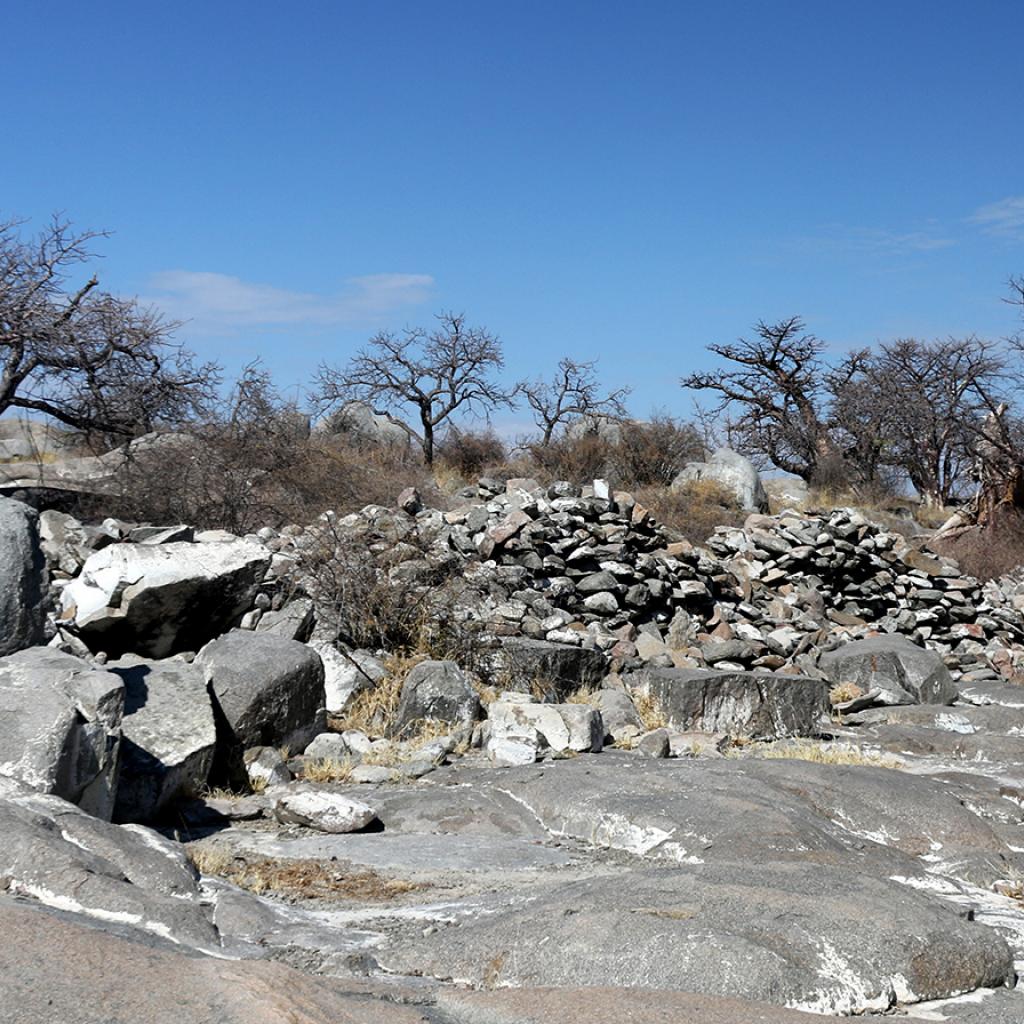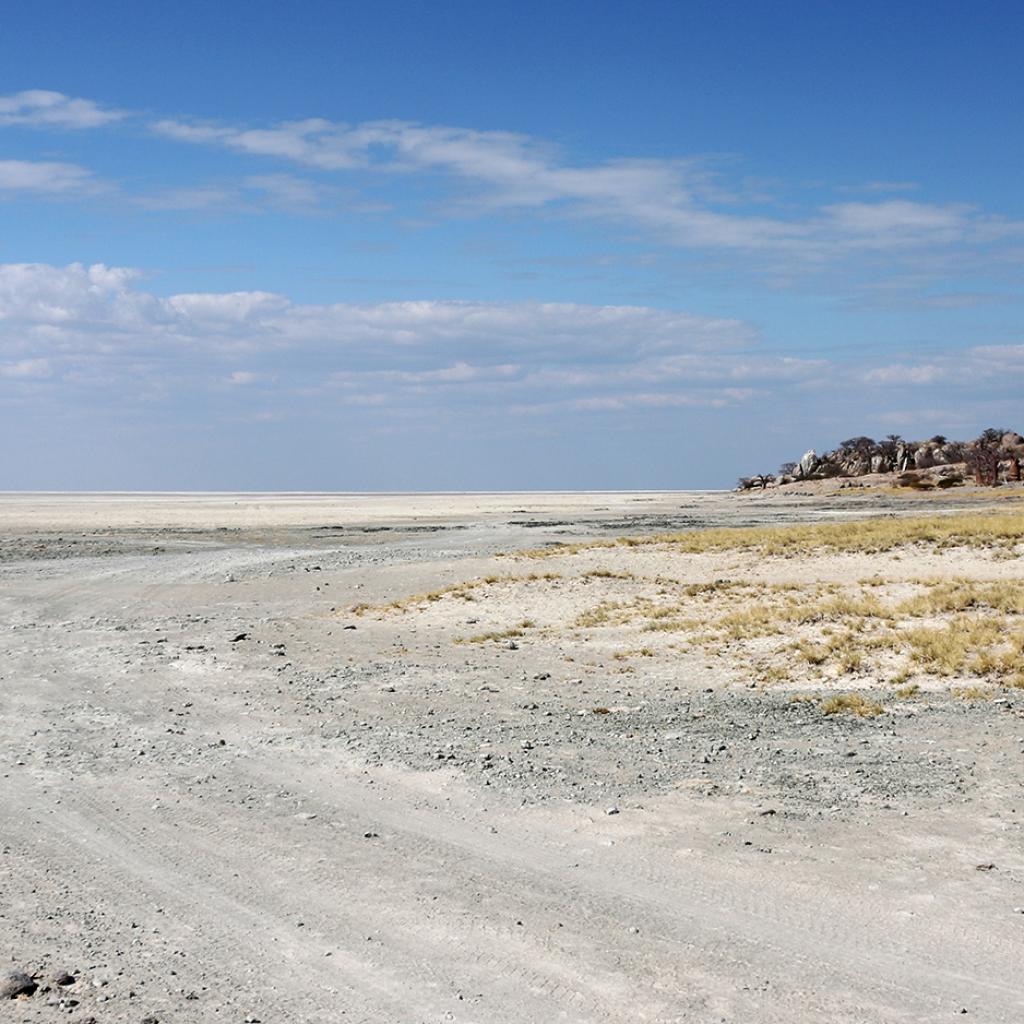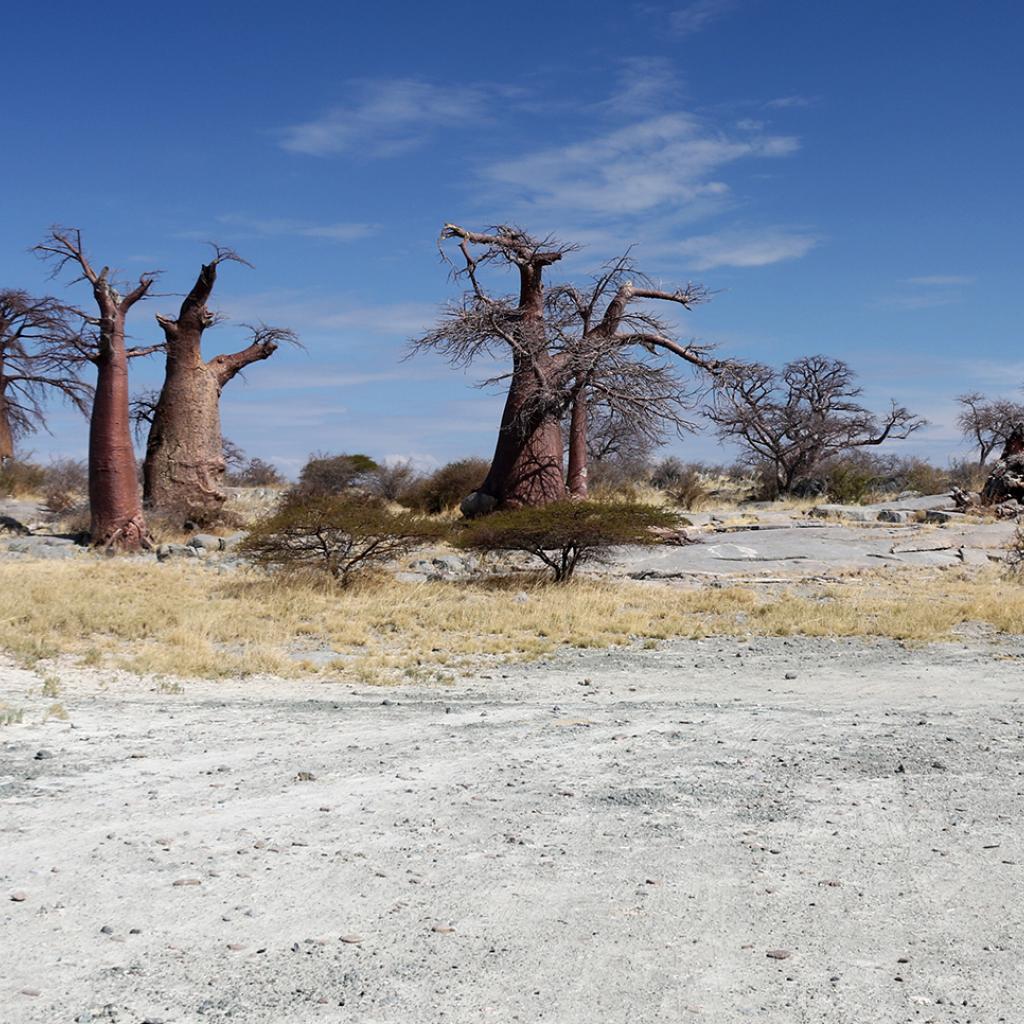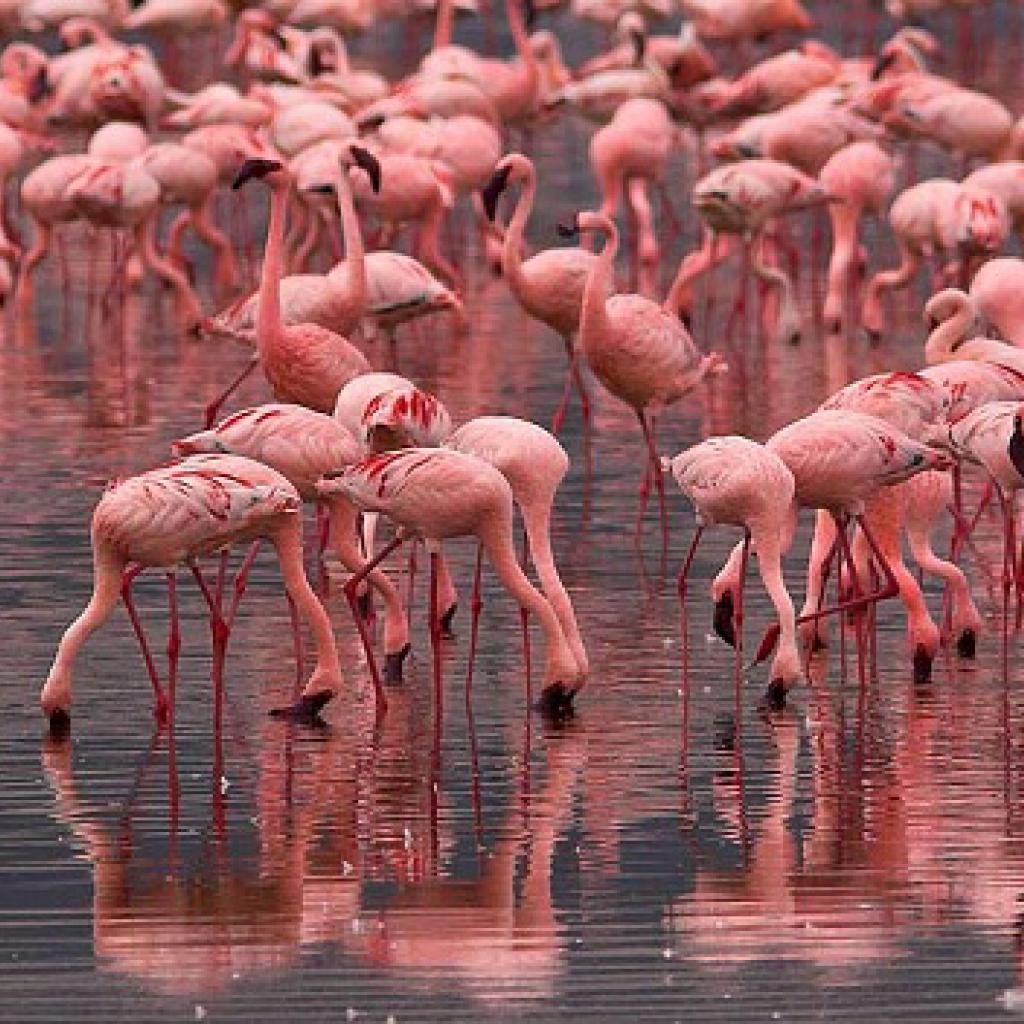Although the climate of the Makgadikgadi Pans is semi-arid, and therefore may seem inhospitable, in this vast territory several species of reptiles and amphibians survive, even though most of them manage to go unnoticed at the eye of visitors.
The trunks of the acacias, that are found in the grasslands, with their deep cracks, offer hospitality to many insects, and this is a true paradise for geckos and for the skinks.
At ground level, the agamas ambush the termites, hiding in holes in the shade of the bushes; while the Kalahari burrowing skink or Typhlacontias rohani, that is characterized by the absence of legs, moves under the surface of the sand, in search of larvae of beetles; during the rainy season, when the pan is filled with water, you can see them drowned in the water.
In the sandiest areas lives the common barking gecko or whistling gecko, usually, during the summer nights, it leaves its shelter to go hunting and emits its typical call, similar to a click, that echoes in the Kalahari desert .
One of the smallest animals existing in the Kalahari basin is also living here, and very probably there are few people who have spotted or heard it, it is the Makgadikgadi spiny agama; this small spiny agama is endemic to the Makgadikgadi Pans area, it feeds the termites and beetles and lives in the tunnels that it digs near the bushes.
The acacia woods are home to several species of bushveld-like reptiles, including monitor lizards, both the rock monitor lizard and the water monitor lizard, the flapneck chamaleon or Chamaeleo dilepis and the leopard tortoise.
At ground level you can meet different species of snakes, such as the black mamba, the snouted cobra or banded Egyptian cobra, the African egg-eater Dasypeltis, the mole snake or Pseudaspis cana and the ubiquitous puff adder.
While on the trees you can find some arboreal snakes such as the boomslang or Dispholidus typus, the most poisonous of the family of the colubrids and the Philothamnus semivariegatus (spotted bush snake), also belonging to the family of colubrids; these snakes feed mainly on chameleons, that usually stand on the branches of the trees and birds' eggs that nest among the thorny branches.
To survive such a dry and harsh climate many frogs, during the dry season, hide in the ground where they remain for months.
The African bullfrog or Pyxicephalus adspersus, emerges from its mud shell at the end of the rainy season to move on the surface of the pan, prey to the frenzy of mating; these frogs are very aggressive, they were spotted while trying to attack lions.
The smaller frogs belonging to the Brevicipitidae family, such as the Breviceps adspersus (bushveld rain frog), have fortified legs to dig the ground and create their burrows.
To survive such a dry and harsh climate many frogs, during the dry season, hide in the ground where they remain for months.
They usually come out of their dens when it rains and pile up on the ground when a termite emergency is occurring, accumulating as many unfortunate insects as possible.


